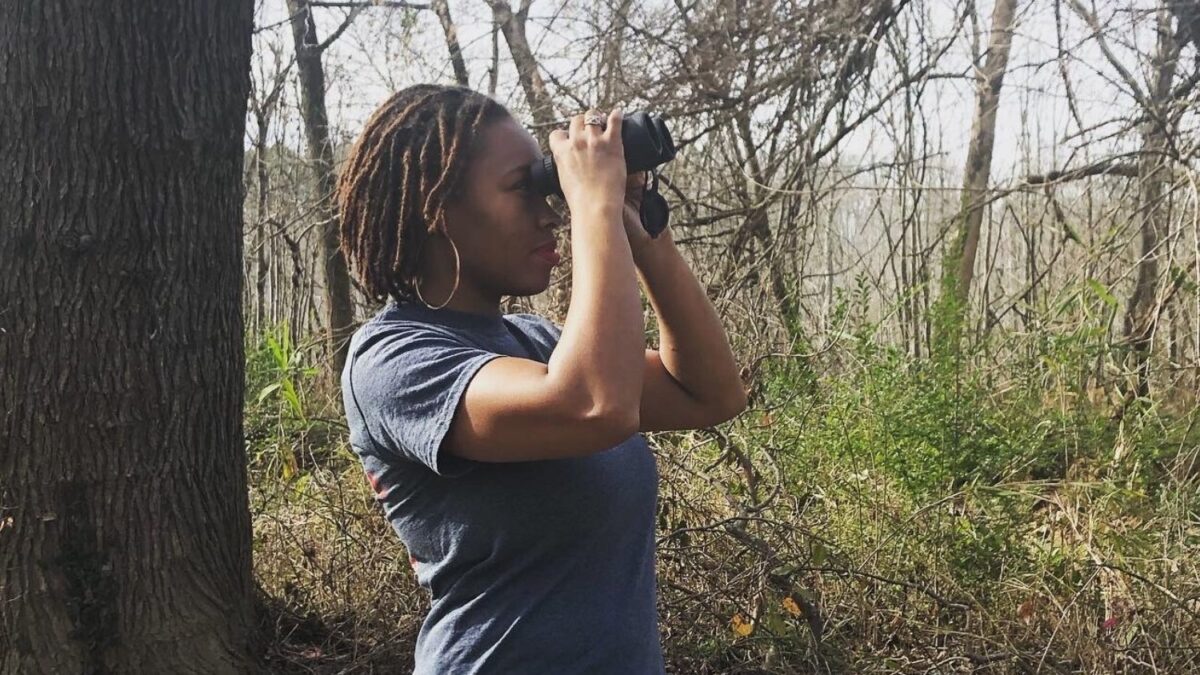Inspire Your Community to Protect Local Pollinators
During the pandemic, acclaimed wildlife filmmaker Martin Dohrn got to know the local pollinators in his garden. Find out what happened.
Read MoreDuring the pandemic, acclaimed wildlife filmmaker Martin Dohrn got to know the local pollinators in his garden. Find out what happened.
Read MoreAphids in your garden? Ladybirds, or ladybugs in your garden are natural pesticides. Photos and tips for chemical-free gardening.
Read MoreResearchers at the University of Illinois think supernova explosions triggered the end-Devonian mass extinction 359 million years ago.
Read MoreA new study suggests that many endangered and threatened species, particularly primates, could be susceptible to the novel coronavirus.
Read More Biodiversity and Conservation Citizen Science Diversity in Science Ornithology SciStarter Blog Zoology
Biodiversity and Conservation Citizen Science Diversity in Science Ornithology SciStarter Blog Zoology Black Birders Week helped show the world that Black scientists exist in the great outdoors. Now, participants hope to keep the conversation going.
Read MoreNever Home Alone is a 256 page deep dive into the mind of a chatty biologist. Every chapter focuses on a distinct use-case for biodiversity preservation.
Read MoreBy Mackenzie Myers @kenzwrites Large organisms such as whales, elephants, and redwoods are often featured in awe-inspiring nature documentaries, but they’re more than just oohs and ahs. Their existence or extinction could make or break the planet as we know it. Megabiota—the largest plants and animals—are more likely than smaller organisms to go extinct as a result of climate change. And the rest of us could be in big trouble if they do, according to a recent study. The charisma conundrum Think of successful conservation campaigns. Which animals are deemed…
Read MoreAustralian forests, accustomed to and dependent on natural fire regimes, are suffering in the new extreme wildfires fueled by climate change.
Read MoreMowing lawns less frequently and allowing grass to grow may result in greater plant and pollinator biodiversity and fewer pests. By Neha Jain Looks can be deceiving: a uniformly well-mowed lawn might look good, but ecologically, it is not desirable. According to a recent study that analyzed the results of many studies on lawn mowing, more intensely mowed lawns showed lower plant and insect diversity and a greater abundance of pests. According to the researchers, adopting low-intensity lawn management would bring about a host of environmental benefits including cutting down…
Read MoreAdaptations! How do animals adapt to live in human cities? Which animal sings the best? Watch them audition for survival and try an experiment with ping pong balls and tongs! This video is brought to you by our very good friend Sophia Shrand, creator and star of the educational science comedy series Science with Sophie. In this episode, we learn how different animal adaptations help them survive and thrive in city environments. We also learn how many different animals Sophie can portray (a lot). Finally, the experiment is fun for…
Read More